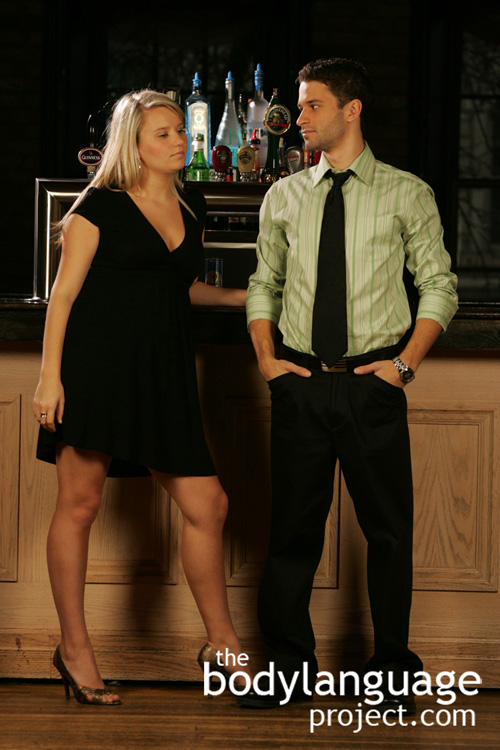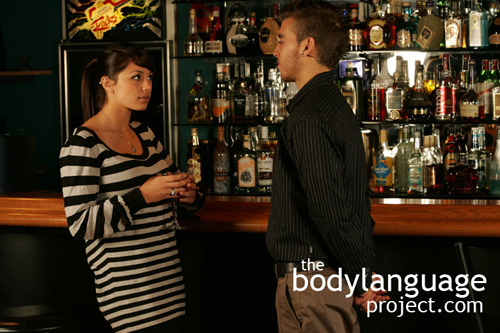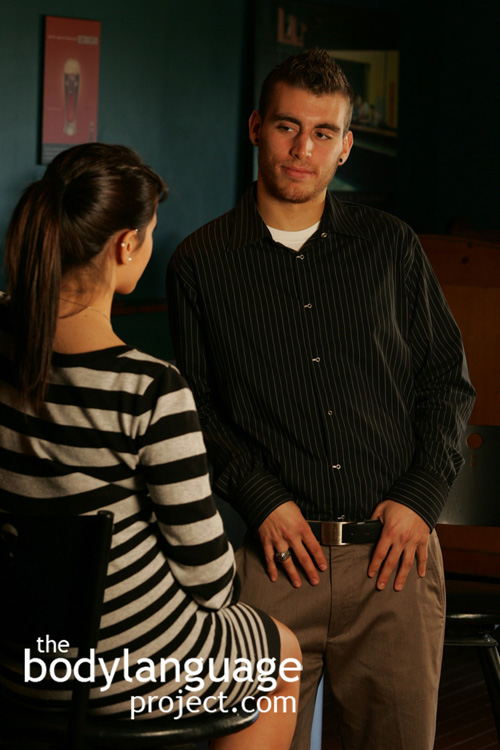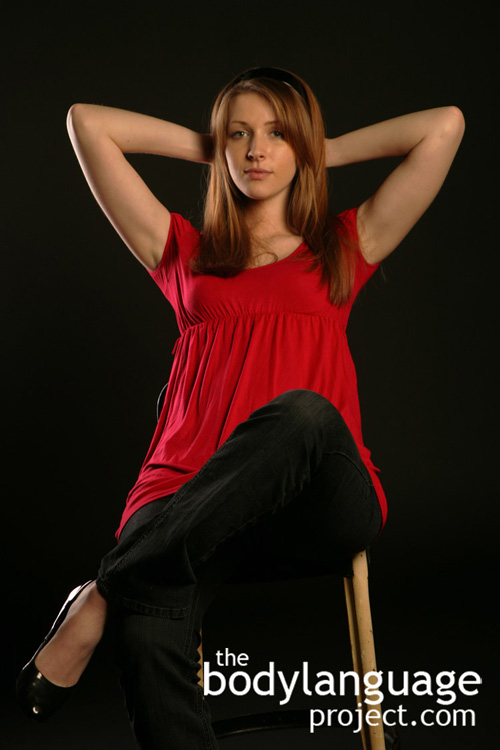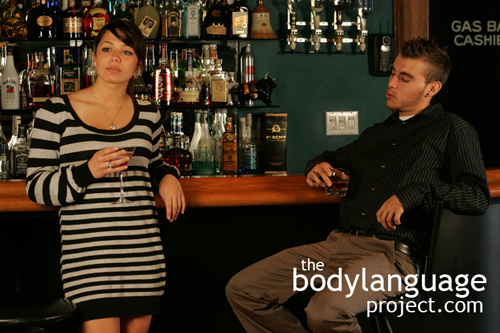In Shakespeare’s Romen and Juliet, Capulet’s servant Sampson induces a fight by biting his thumb at Montague’s servant Abraham. This traditional Sicilian gesture is performed today by placing the thumb behind the upper incisors and flicking the thumb forward toward the person you wish to insult. The symbol means “To hell with you.” The thumbs down gesture would have meant death in Roman times for a gladiator, while the thumbs shooting off to the side is associated with a negative thought about someone we wish not to offer respect. It begins or ends a conversation such as “I told you about that guy over there (followed by thumbing in their direction) …he’s up to no good.” However, not all thumb gestures are negative as we see with the thumbs up gesture in western cultures.
 Thumb displays denote superiority and royalty has made them famous, but they have also been adopted by lawyers trying to seem noble and important. One way thumb displays happen is by placing all but the thumbs in the front pockets of a vest or suite jacket, or by knuckling the vest and leaving the thumbs out. Thumbs-up can also turn a timid interlaced fingers gesture into a positive thoughts gesture by flaring the thumbs up during conversation. Thumbs-out is a representation of ego, dominance, confidence, comfort, assertiveness and sometimes even aggressiveness. The thumbs out gesture is usually found in clusters with other dominant body language. For example, to denote superiority, the legs would also be spread apart, the chest puffed out to appear larger and the head held back, all the while glaring down the nose at any onlookers. The thumbs up gesture, wherever it happens, is a form of “gravity defying’ body language. This means that it is related to positive emotions since it requires energy to do and people that are depressed aren’t interested in burning energy especially wastefully.
Thumb displays denote superiority and royalty has made them famous, but they have also been adopted by lawyers trying to seem noble and important. One way thumb displays happen is by placing all but the thumbs in the front pockets of a vest or suite jacket, or by knuckling the vest and leaving the thumbs out. Thumbs-up can also turn a timid interlaced fingers gesture into a positive thoughts gesture by flaring the thumbs up during conversation. Thumbs-out is a representation of ego, dominance, confidence, comfort, assertiveness and sometimes even aggressiveness. The thumbs out gesture is usually found in clusters with other dominant body language. For example, to denote superiority, the legs would also be spread apart, the chest puffed out to appear larger and the head held back, all the while glaring down the nose at any onlookers. The thumbs up gesture, wherever it happens, is a form of “gravity defying’ body language. This means that it is related to positive emotions since it requires energy to do and people that are depressed aren’t interested in burning energy especially wastefully.
We rarely see those with low status carry this posture, but if we do, we certainly will know something “important” about them! Sometimes our boss will be caught walking around his office holding this posture signifying his dominance, or at least his attempt at dominance. Men seeking the affection and attention of women will also sometimes carry thumbing postures, but they might downplay their dominant attitude by holding their hands in their back pockets so as to hide them. Another variation altogether includes flaunting the thumbs by placing them under the arm whilst folded. This last posture is a closed, yet dominant cue cluster. The crossed arms tell others that they are closed off from communication while the exposed thumbs reveal superiority.
The polar opposite to the thumb display is hidden thumbs which may happen by placing just the thumbs in front pockets with the remaining fingers outside. This posture says “I’m unsure of myself” and denotes extreme low confidence and low status. Hidden thumbs can be found when people are timid, insecure, or feel social discomfort and is a childhood throwback to when children stand in front of their parents looking disappointed and saddened.

